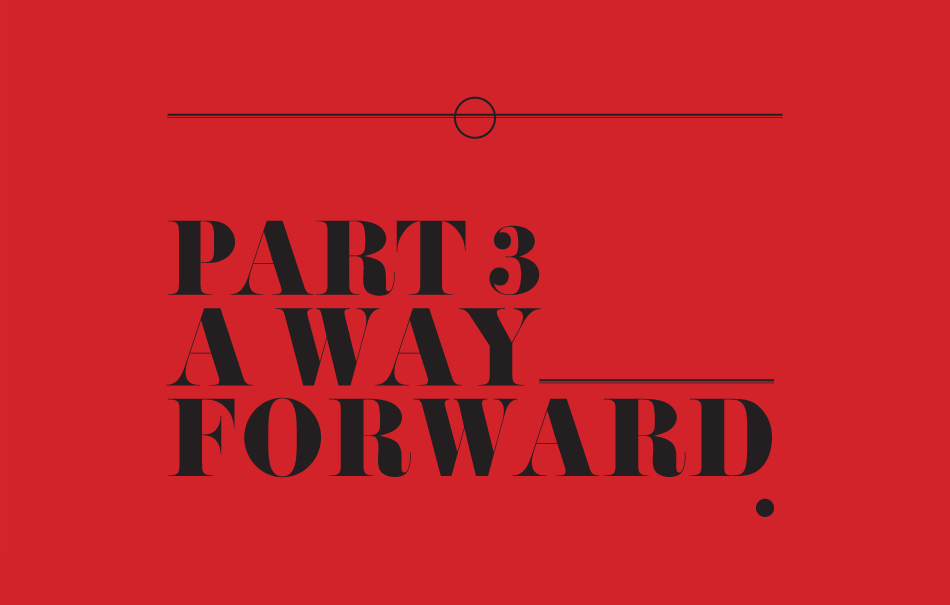
In the first part of this book, the motivation for exploring the meeting point of design and haptics was introduced. Here, the opening outlook was that the two disciplines were expanding and would invariably come to overlap more and more, and that the area of intersection constituted to some extent an entirely new field of investigation, which initially was termed haptic interaction design. The nascent field of haptic interaction design constituted the new territory that I, as a design researcher explorer, sat out to scout and discover.
Part 2 of this book exposed the core design research activities that I have engaged in over the course of this doctorate to explore and better understand this new haptic design space; in the form of first-person accounts and reflections on design processes within haptic interaction design, as well as more empirically grounded work pertaining to a variety of problems, contexts, and situations in which designers, design students, and other professionals have been exposed to.
This third and last part of the book concludes my journey into haptic interaction design. For me as an author, it involves leaving the role of an explorer and taking on a partly new role, this time as cartographer. The third part starts with an attempt to elevate the work as a whole into a major finding and outcome, formulated in the form of a proposition: simple haptics. This proposition, while tentative, connects the activities reported on in this work, and offers a program to move forward within the design of haptic interactions.
Below, the first chapter of part 3 recapitulates what we have discovered to be the current states of affairs in haptic interaction design. This examination is useful for recognizing the progress that the community as a whole has realized within the haptic interaction design domain up to this point in time, as well as showing that some parts of the map still seems to contain white areas. The second chapter will address a distillation of the contributions of the design research work presented in this book, discussed in terms of knowledge contributions; methodological contributions; impact contributions; and design contributions.
The last chapter is entitled Perspectives and attempts to locate my work more broadly in today’s increasingly intertwined and complex research, design, and technology landscapes. Here, the evolving field of haptic interaction design is charted and the simple haptics proposition is discussed as a way to approach it. This chapter also contains concluding discussions of what seems to make haptic interaction design different from haptic research, and how they complement rather than oppose one another, as well as an a ttempt to frame the area of haptic interaction design in relation to contemporary design research agendas. A discussion of some potential future directions of this work concludes the chapter.